You shouldn’t be here. You certainly don’t need to be here.
No one is paying you to get your ribs cracked or your nose broken. You’re not a psychopath, you don’t like hurting people. But here you are, desperately trying to beat someone into submission with your fists.
You’ve got an excellent job. A promotion is on the horizon. You grew up in a detached house, and your parents are members of the golf club.
This isn’t your natural environment. This world of industrial-estate gyms, punchbags, smelly gloves, head guards, sparring, bloody noses, black eyes, exhaustion, concussion and sweat. So much sweat. But as you stand in the corner of the ring, awaiting to fight another human being, it most certainly is.
Because this is ‘white-collar’ boxing. And you’ve signed up for it.
“You only get safety issues at events if there’s a mismatch – we make sure that never happens”
For years boxing had a terrible reputation. Looked down upon by the judgemental middle classes, it was mostly the sport of the urban poor – though the upper orders were enthusiasts, too (“Good character-building, what”). As we got richer, fatter and more ashamed of our base instincts, the calls grew for boxing to be banned. Sometimes with good reason.
Because occasionally fighters died. Or, like Gerald McClellan or Michael Watson, beaten so senselessly they needed years of rehabilitation to function again.
But the sport wouldn’t die. And as Thai boxing and kickboxing became popular with professional workers of both sexes in the 1990s, boxing was rehabilitated. Now it was something that made you fit (see ‘boxercise’), gave you confidence and a shot of much-needed discipline. An activity, to use modern parlance, that was ‘empowering’.
White-collar boxing started at Gleason’s gym in New York in the late 1980s. Wall Street traders, looking to de-stress from work, came in to train, which led to gym owner Bruce Silverglade promoting ‘white-collar’ bouts. In the 1990s, only 10 per cent of Gleason’s members were from a professional background. By 2004, it was 65 per cent.
The UK held its first white-collar event in 2000, and soon events were taking place all over the country. The formula has remained the same ever since. An event is planned; associated gyms train fighters, then those deemed good enough are given a three-round bout – with boxers wearing large 16oz gloves to minimise injury. The fighters sell tickets to friends, with the money raised going to charity.
Bern Giam, from the Life Academy gym in Liverpool, is a respected promoter in white-collar boxing. As a martial artist of 40 years, he understands the challenge novice fighters face.
“Safety is the most important aspect of our model,” he says. “We publicise an event and offer a ‘10-week challenge’ to people who fancy trying it out. We’ll take 20 on, assess them after a couple of weeks, and split them into two groups – with one, the ‘fighters’ group. From then on we monitor their health, weight and blood pressure: and then match them against another similar fighter. They’re also shown a video of their opponent and asked if they’re comfortable fighting them. This takes all the uncertainty away. You only get safety issues at events if there’s a mismatch – we make sure that never happens.”
“For women, boxing’s good, as you’re not usually encouraged to show anger or aggression – this is a relatively safe way of doing it”
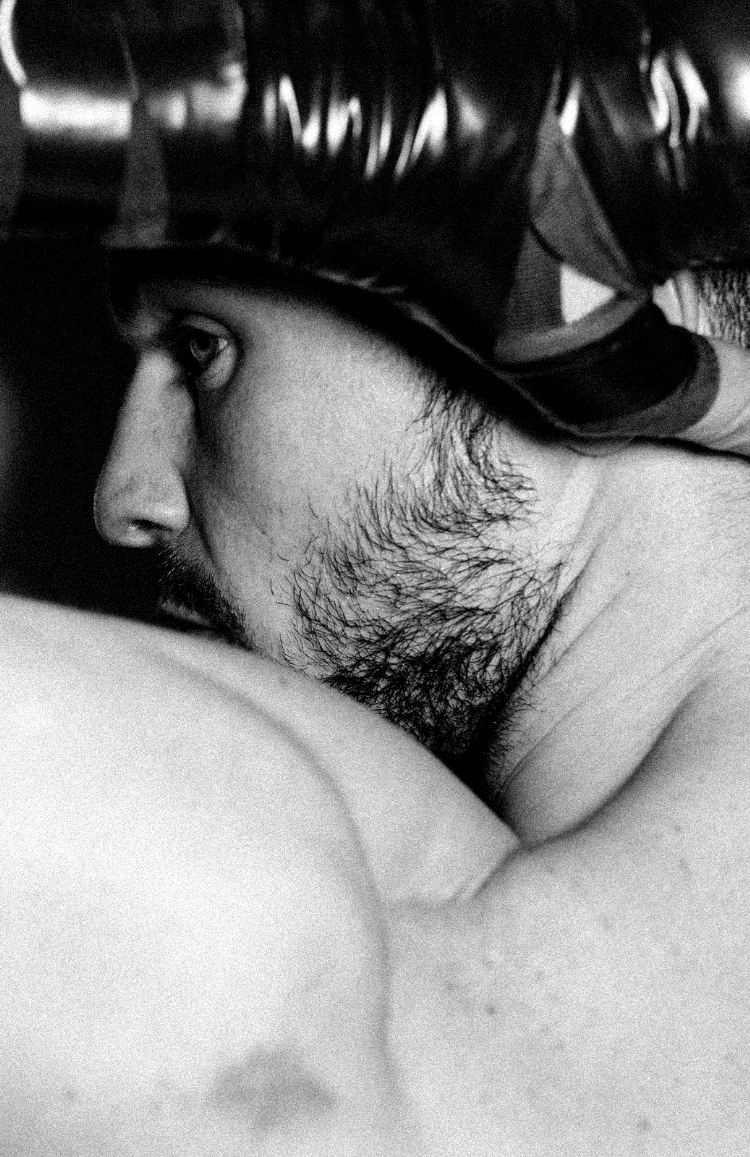
Tales from the ring
So, what’s it like for the fighters? Why do they put themselves through all that training just to be roughed up in the ring? Journalist Beth McLoughlin, who fights in women’s white-collar bouts, explains.
“I started training in deep winter at a time when I had a dead-end job,” she says. “I thought it would lift my mood, and it did, but that wasn’t all. The discipline gave me structure and lessons which I could extrapolate to other parts of my life. For women, it’s especially good, as you’re not usually encouraged to show anger or aggression, and this is a relatively safe way of doing it.”
This is a familiar tale. There’s something about the discipline of the training and the facing down of demons that makes boxing an aid to mental health, as Chris Forrestor, another white-collar fighter, explains. “Physically, it was the best I’ve ever felt,” he says. “Mentally, possibly even better. It was like mindfulness – I’ve meditated for 20 years, and know about wellbeing. I think it should be taught at schools.”
While the training is undoubtedly testing, the biggest challenge is on the night itself. Stepping into a boxing ring in front of friends and family, knowing you could leave it with a broken nose – or worse – takes its toll on the body and the mind.
“I’ve done three fights now and the moment before you go in is horrible,” says Beth. “There’s no way to sugar-coat it. But I think it’s the fear of failure/humiliation much more than getting hurt.”
Jon Hollis is a fortysomething from Birmingham. He’s fought three bouts and says that fitness is vital to success on the night because you burn so much energy in the ring. And that’s without the sense of lethargy many fighters experience through sheer nerves.
“You train your mind by sparring,” he says. “The more you do, the less you panic. And then you can start to play games. They call it ‘ringcraft’ or ‘ring IQ’. I find that boxing somebody into a corner gases them out. They feel under pressure. Cut them off when they go left, cut them off when they go right and keep doing it. Then it gets fun. You’ll feel like Rocky.”
“Boxing somebody into a corner gases them out. Cut them off when they go left, cut them off when they go right… you feel like Rocky”
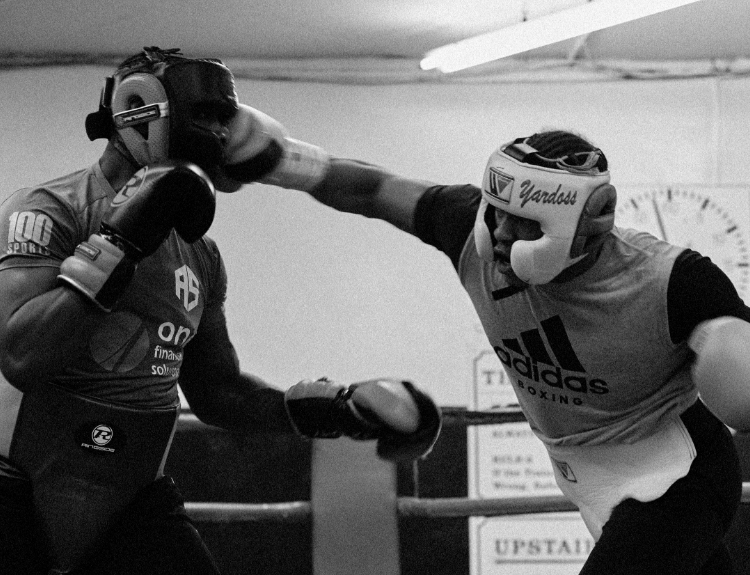
When the fight ends, the most common feeling, whether you’ve won or lost, is of relief, followed by exhilaration. Despite the fact they’ve spent three rounds beating each other up, fighters hug and bond – often keeping in contact for years afterwards. Because boxing is about a lot more than fighting your opponent: it’s about putting yourself through extreme physical and mental hardship in order to emerge a better person. As Bern Giam says, “The person you’re really fighting is yourself.”
The final word goes to sportswriter Mike Nevin. While most white-collar boxers are in between 25 and 40 years old, Mike stepped into the ring as a 51-year-old.
“I had anxiety and depression, and people said I was drinking too much,” he says. “This was my way of proving them wrong. You do weeks of intensive training, and you’re in the shape of your life. It brought me out of my depression. I fought a 30-year-old and lost on points. But on his Facebook page, he said, ‘My opponent was 20 years older than me, which shows age is no barrier’. And today, we’re still mates.”
A legacy typical of a sport that’s been battered and bruised, but like its greatest fighters is still standing proud – and undefeated.
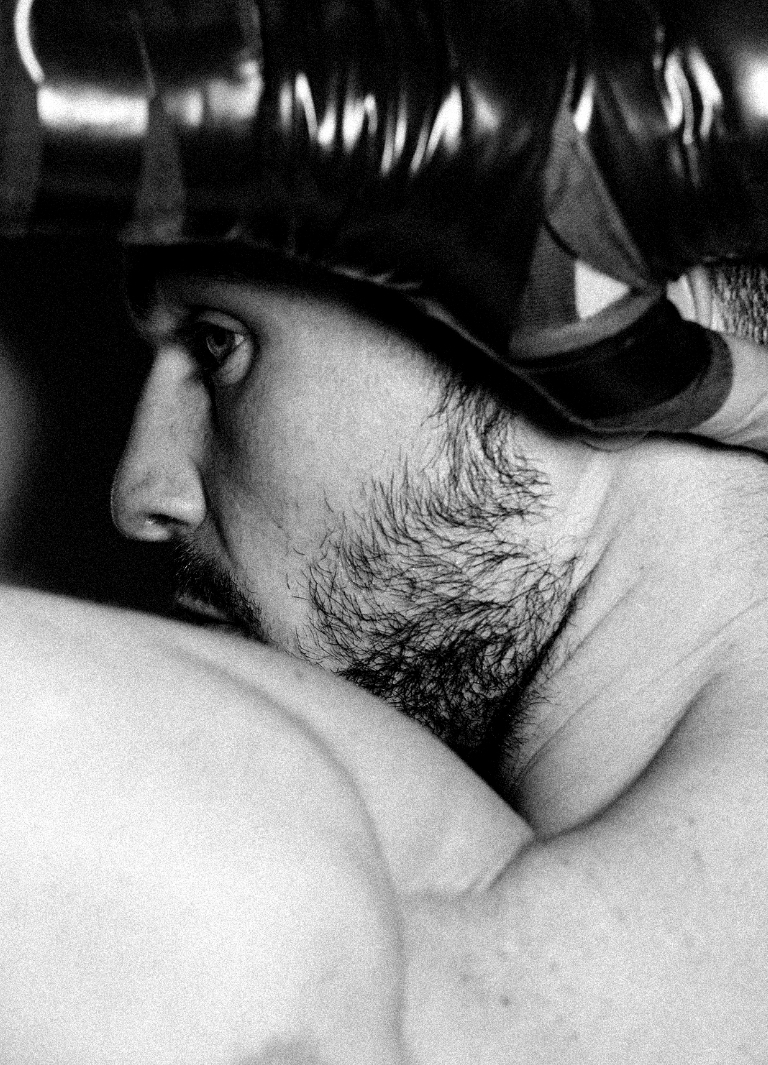
“You only get safety issues at events if there’s a mismatch – we make sure that never happens”
For years boxing had a terrible reputation. Looked down upon by the judgemental middle classes, it was mostly the sport of the urban poor – though the upper orders were enthusiasts, too (“Good character-building, what”). As we got richer, fatter and more ashamed of our base instincts, the calls grew for boxing to be banned. Sometimes with good reason.
Because occasionally fighters died. Or, like Gerald McClellan or Michael Watson, beaten so senselessly they needed years of rehabilitation to function again.
But the sport wouldn’t die. And as Thai boxing and kickboxing became popular with professional workers of both sexes in the 1990s, boxing was rehabilitated. Now it was something that made you fit (see ‘boxercise’), gave you confidence and a shot of much-needed discipline. An activity, to use modern parlance, that was ‘empowering’.
White-collar boxing started at Gleason’s gym in New York in the late 1980s. Wall Street traders, looking to de-stress from work, came in to train, which led to gym owner Bruce Silverglade promoting ‘white-collar’ bouts. In the 1990s, only 10 per cent of Gleason’s members were from a professional background. By 2004, it was 65 per cent.
The UK held its first white-collar event in 2000, and soon events were taking place all over the country. The formula has remained the same ever since. An event is planned; associated gyms train fighters, then those deemed good enough are given a three-round bout – with boxers wearing large 16oz gloves to minimise injury. The fighters sell tickets to friends, with the money raised going to charity.
Bern Giam, from the Life Academy gym in Liverpool, is a respected promoter in white-collar boxing. As a martial artist of 40 years, he understands the challenge novice fighters face.
“Safety is the most important aspect of our model,” he says. “We publicise an event and offer a ‘10-week challenge’ to people who fancy trying it out. We’ll take 20 on, assess them after a couple of weeks, and split them into two groups – with one, the ‘fighters’ group. From then on we monitor their health, weight and blood pressure: and then match them against another similar fighter. They’re also shown a video of their opponent and asked if they’re comfortable fighting them. This takes all the uncertainty away. You only get safety issues at events if there’s a mismatch – we make sure that never happens.”
“For women, boxing’s good, as you’re not usually encouraged to show anger or aggression – this is a relatively safe way of doing it”
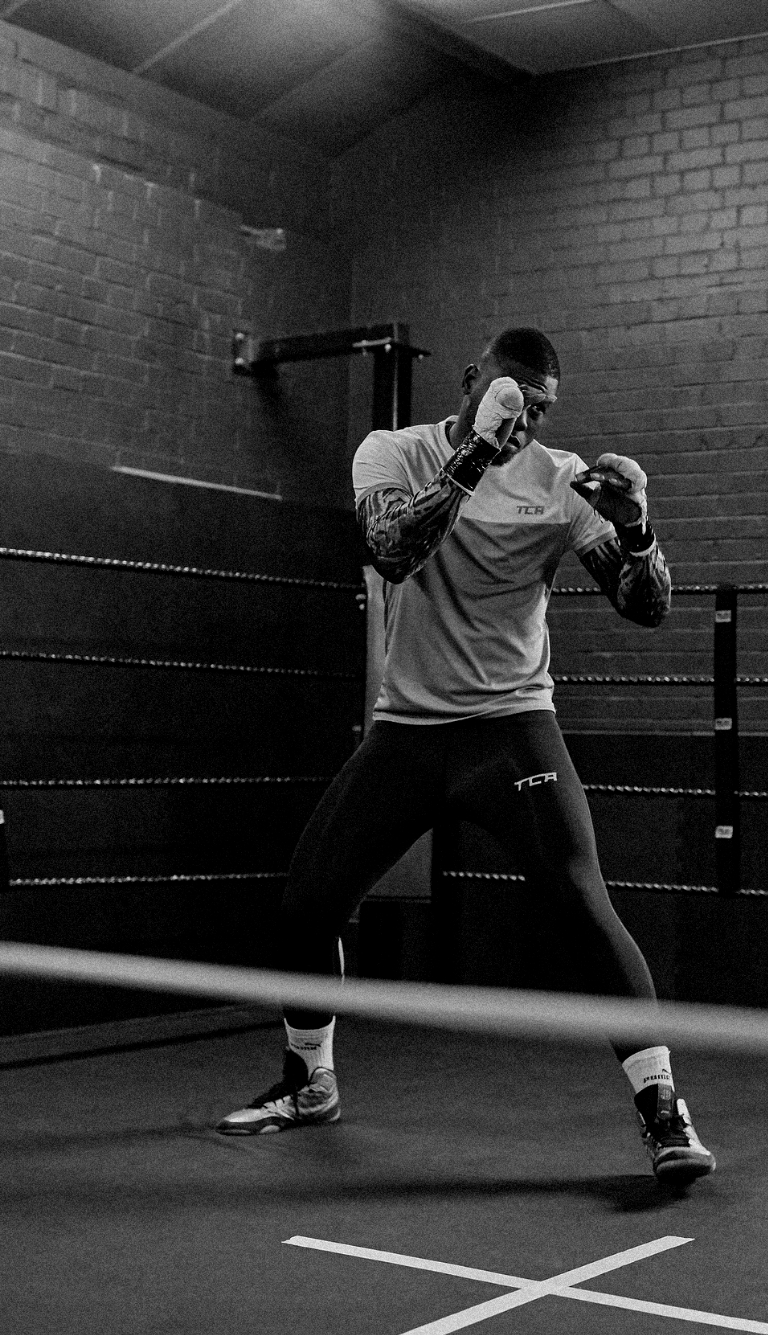
So, what’s it like for the fighters? Why do they put themselves through all that training just to be roughed up in the ring? Journalist Beth McLoughlin, who fights in women’s white-collar bouts, explains.
“I started training in deep winter at a time when I had a dead-end job,” she says. “I thought it would lift my mood, and it did, but that wasn’t all. The discipline gave me structure and lessons which I could extrapolate to other parts of my life. For women, it’s especially good, as you’re not usually encouraged to show anger or aggression, and this is a relatively safe way of doing it.”
This is a familiar tale. There’s something about the discipline of the training and the facing down of demons that makes boxing an aid to mental health, as Chris Forrestor, another white-collar fighter, explains. “Physically, it was the best I’ve ever felt,” he says. “Mentally, possibly even better. It was like mindfulness – I’ve meditated for 20 years, and know about wellbeing. I think it should be taught at schools.”
While the training is undoubtedly testing, the biggest challenge is on the night itself. Stepping into a boxing ring in front of friends and family, knowing you could leave it with a broken nose – or worse – takes its toll on the body and the mind.
“I’ve done three fights now and the moment before you go in is horrible,” says Beth. “There’s no way to sugar-coat it. But I think it’s the fear of failure/humiliation much more than getting hurt.”
Jon Hollis is a fortysomething from Birmingham. He’s fought three bouts and says that fitness is vital to success on the night because you burn so much energy in the ring. And that’s without the sense of lethargy many fighters experience through sheer nerves.
“You train your mind by sparring,” he says. “The more you do, the less you panic. And then you can start to play games. They call it ‘ringcraft’ or ‘ring IQ’. I find that boxing somebody into a corner gases them out. They feel under pressure. Cut them off when they go left, cut them off when they go right and keep doing it. Then it gets fun. You’ll feel like Rocky.”
“Boxing somebody into a corner gases them out. Cut them off when they go left, cut them off when they go right… you feel like Rocky”
When the fight ends, the most common feeling, whether you’ve won or lost, is of relief, followed by exhilaration. Despite the fact they’ve spent three rounds beating each other up, fighters hug and bond – often keeping in contact for years afterwards. Because boxing is about a lot more than fighting your opponent: it’s about putting yourself through extreme physical and mental hardship in order to emerge a better person. As Bern Giam says, “The person you’re really fighting is yourself.”
The final word goes to sportswriter Mike Nevin. While most white-collar boxers are in between 25 and 40 years old, Mike stepped into the ring as a 51-year-old.
“I had anxiety and depression, and people said I was drinking too much,” he says. “This was my way of proving them wrong. You do weeks of intensive training, and you’re in the shape of your life. It brought me out of my depression. I fought a 30-year-old and lost on points. But on his Facebook page, he said, ‘My opponent was 20 years older than me, which shows age is no barrier’. And today, we’re still mates.”
A legacy typical of a sport that’s been battered and bruised, but like its greatest fighters is still standing proud – and undefeated.

“For women, boxing’s good, as you’re not usually encouraged to show anger or aggression – this is a relatively safe way of doing it”
For years boxing had a terrible reputation. Looked down upon by the judgemental middle classes, it was mostly the sport of the urban poor – though the upper orders were enthusiasts, too (“Good character-building, what”). As we got richer, fatter and more ashamed of our base instincts, the calls grew for boxing to be banned. Sometimes with good reason.
Because occasionally fighters died. Or, like Gerald McClellan or Michael Watson, beaten so senselessly they needed years of rehabilitation to function again.
But the sport wouldn’t die. And as Thai boxing and kickboxing became popular with professional workers of both sexes in the 1990s, boxing was rehabilitated. Now it was something that made you fit (see ‘boxercise’), gave you confidence and a shot of much-needed discipline. An activity, to use modern parlance, that was ‘empowering’.
White-collar boxing started at Gleason’s gym in New York in the late 1980s. Wall Street traders, looking to de-stress from work, came in to train, which led to gym owner Bruce Silverglade promoting ‘white-collar’ bouts. In the 1990s, only 10 per cent of Gleason’s members were from a professional background. By 2004, it was 65 per cent.
The UK held its first white-collar event in 2000, and soon events were taking place all over the country. The formula has remained the same ever since. An event is planned; associated gyms train fighters, then those deemed good enough are given a three-round bout – with boxers wearing large 16oz gloves to minimise injury. The fighters sell tickets to friends, with the money raised going to charity.
Bern Giam, from the Life Academy gym in Liverpool, is a respected promoter in white-collar boxing. As a martial artist of 40 years, he understands the challenge novice fighters face.
“Safety is the most important aspect of our model,” he says. “We publicise an event and offer a ‘10-week challenge’ to people who fancy trying it out. We’ll take 20 on, assess them after a couple of weeks, and split them into two groups – with one, the ‘fighters’ group. From then on we monitor their health, weight and blood pressure: and then match them against another similar fighter. They’re also shown a video of their opponent and asked if they’re comfortable fighting them. This takes all the uncertainty away. You only get safety issues at events if there’s a mismatch – we make sure that never happens.”
So, what’s it like for the fighters? Why do they put themselves through all that training just to be roughed up in the ring? Journalist Beth McLoughlin, who fights in women’s white-collar bouts, explains.
“I started training in deep winter at a time when I had a dead-end job,” she says. “I thought it would lift my mood, and it did, but that wasn’t all. The discipline gave me structure and lessons which I could extrapolate to other parts of my life. For women, it’s especially good, as you’re not usually encouraged to show anger or aggression, and this is a relatively safe way of doing it.”
This is a familiar tale. There’s something about the discipline of the training and the facing down of demons that makes boxing an aid to mental health, as Chris Forrestor, another white-collar fighter, explains. “Physically, it was the best I’ve ever felt,” he says. “Mentally, possibly even better. It was like mindfulness – I’ve meditated for 20 years, and know about wellbeing. I think it should be taught at schools.”
While the training is undoubtedly testing, the biggest challenge is on the night itself. Stepping into a boxing ring in front of friends and family, knowing you could leave it with a broken nose – or worse – takes its toll on the body and the mind.
“I’ve done three fights now and the moment before you go in is horrible,” says Beth. “There’s no way to sugar-coat it. But I think it’s the fear of failure/humiliation much more than getting hurt.”
Jon Hollis is a fortysomething from Birmingham. He’s fought three bouts and says that fitness is vital to success on the night because you burn so much energy in the ring. And that’s without the sense of lethargy many fighters experience through sheer nerves.
“You train your mind by sparring,” he says. “The more you do, the less you panic. And then you can start to play games. They call it ‘ringcraft’ or ‘ring IQ’. I find that boxing somebody into a corner gases them out. They feel under pressure. Cut them off when they go left, cut them off when they go right and keep doing it. Then it gets fun. You’ll feel like Rocky.”
“Boxing somebody into a corner gases them out. Cut them off when they go left, cut them off when they go right… you feel like Rocky”
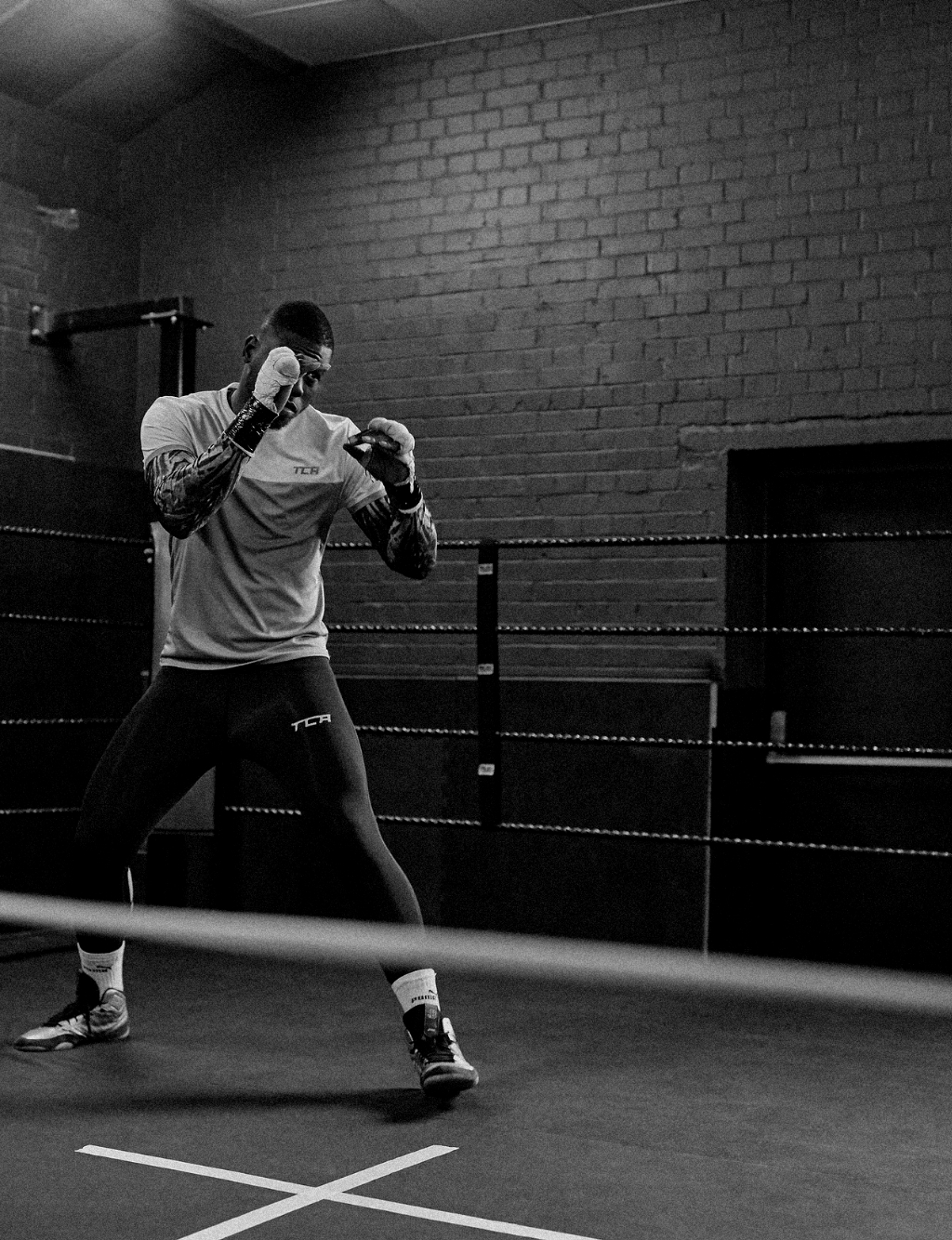
When the fight ends, the most common feeling, whether you’ve won or lost, is of relief, followed by exhilaration. Despite the fact they’ve spent three rounds beating each other up, fighters hug and bond – often keeping in contact for years afterwards. Because boxing is about a lot more than fighting your opponent: it’s about putting yourself through extreme physical and mental hardship in order to emerge a better person. As Bern Giam says, “The person you’re really fighting is yourself.”
The final word goes to sportswriter Mike Nevin. While most white-collar boxers are in between 25 and 40 years old, Mike stepped into the ring as a 51-year-old.
“I had anxiety and depression, and people said I was drinking too much,” he says. “This was my way of proving them wrong. You do weeks of intensive training, and you’re in the shape of your life. It brought me out of my depression. I fought a 30-year-old and lost on points. But on his Facebook page, he said, ‘My opponent was 20 years older than me, which shows age is no barrier’. And today, we’re still mates.”
A legacy typical of a sport that’s been battered and bruised, but like its greatest fighters is still standing proud – and undefeated.

Sign up to Loupe magazine
Loupe is Christopher Ward’s quarterly in-house magazine. If you want to know what’s happening at CW (and you love great journalism), this is where to start. Alternatively, you can read all our back issues on your computer, tablet or phone.
Order your free copyRead Loupe online

